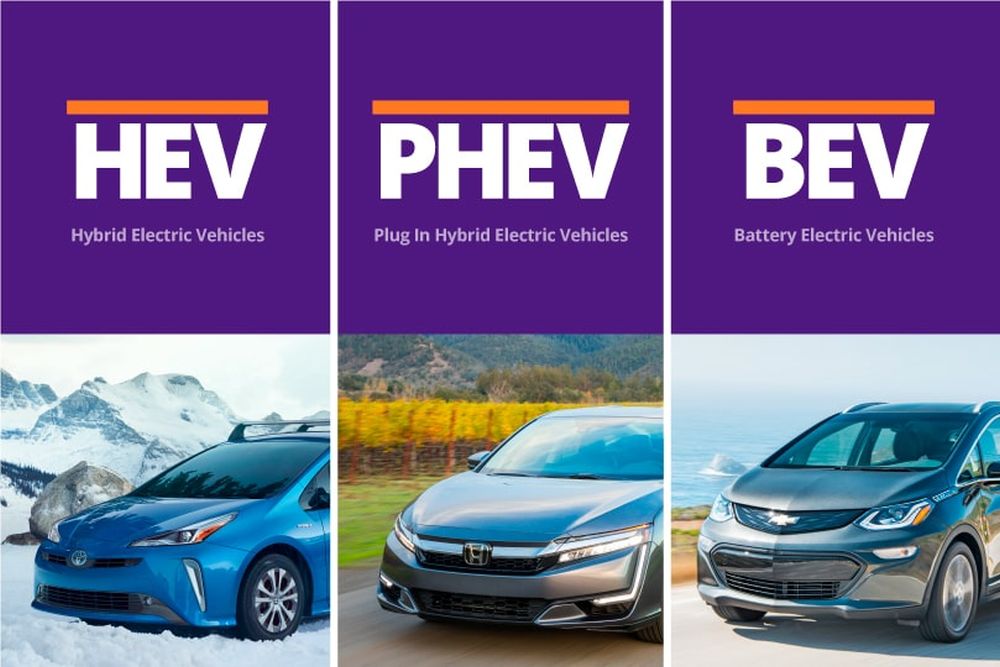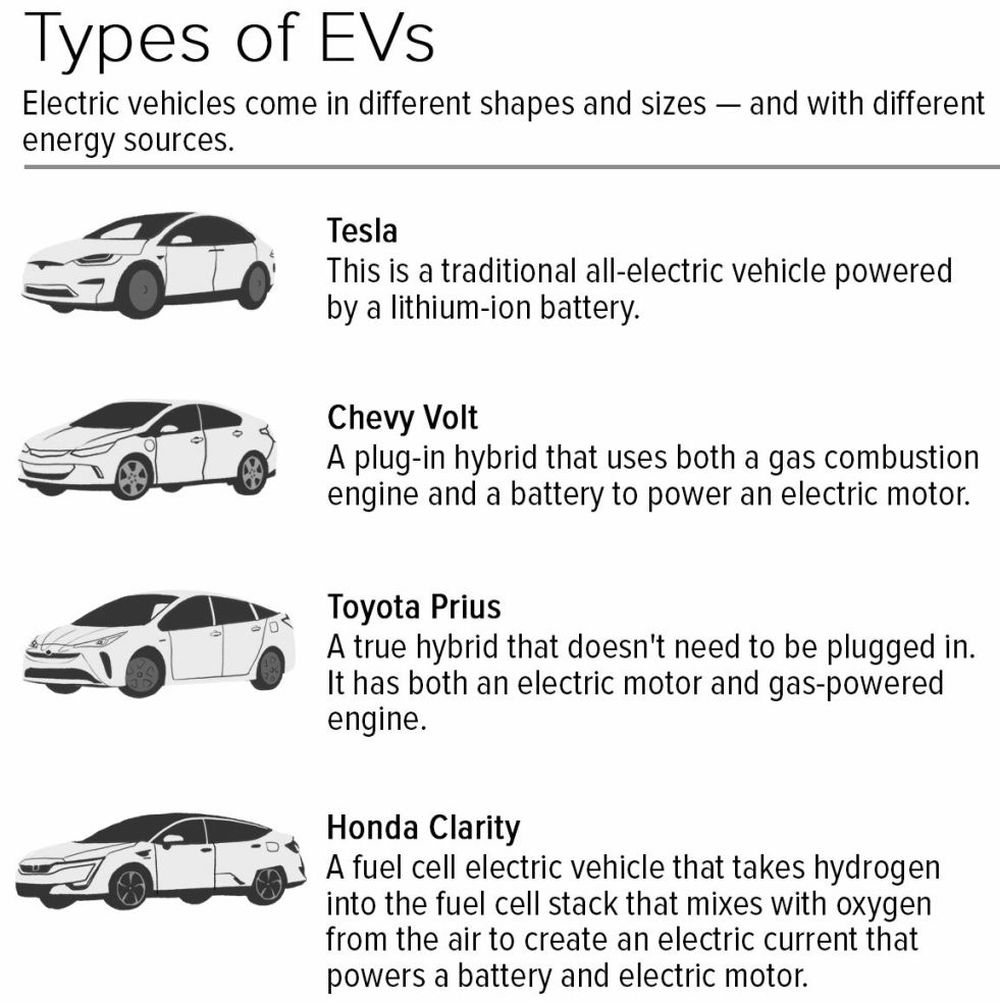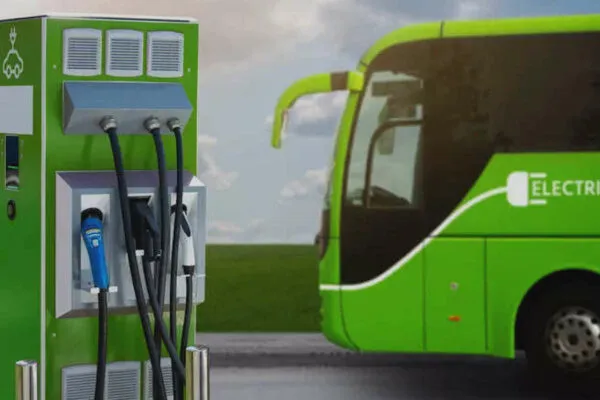Want to Buy an Electric Vehicle? Here’s Everything Worth Your Attention
EVs work on the principle of key advanced technologies, well suited for the evolution of the automotive industry - and they are sustainable and greener alternatives to counter the ever-rising threat of vehicular pollution
Are you someone who is tired of using fuel engine-powered cars? if yes then it’s time for you to switch to an electric vehicle.
Fuel engine has been dominating almost every mode of transportation for years and without any doubt, it has proved out to be the most efficient one. When we talk about environmental conservation these fuel engines have always been the biggest nemesis contributing to air pollution. The world is changing, so are our choices. People nowadays are looking for some fuel-free and cost-effective alternatives such as an electric vehicle.
Electric Vehicles are sooner going to overrule the vehicular world but it is not the only reason why one should switch to them. The technology not only works on the principle of some advanced key features but it is also a more sustainable and greener alternative against rising vehicular pollution.
To know what an EV is all about and how it functions, let’s dig deep into the details so that you can make an informed choice.

Image: Mashable
EV is an abbreviation used for an electric vehicle and it uses an electric motor in place of an Internal Combustion Engine (ICE). ICE is a heat engine in which the combustion takes place with air in a combustion chamber. The ignition and combustion of the fuel occur within the engine itself.
These vehicles are known to be partially or fully dependent on electric power. Basically, it consists of an electric motor and a large traction battery pack to power it.
Key Elements of an EV
Battery: The battery stores electricity, which provides electrical power to vehicle accessories. A lightweight battery that stores utmost electric energy is preferred over an overweight battery with the least energy storage.
Charge port: The charge port is required to charge the battery from an external source since the battery would not be able to hold on for long.
DC/DC converter: All the electronic accessories require low-voltage electricity in the EV so the converter converts higher-voltage Direct Current (DC) power to lower-voltage DC power and supplies it to all electronic systems of the vehicle.
Electric traction motor: The motor is efficient in converting electrical energy from the traction battery pack into kinetic energy, this phenomenon drives the vehicle’s wheels. Some vehicles are electric generator that is effective in executing both drive and regeneration functions.
On-board charger (OBC): It is used to convert Alternative Current (AC) into DC to charge the traction battery.
Electric Power Control Unit (EPCU): This unit controls the flow of electrical energy transferred by the traction battery in the vehicle.
Thermal System: Helps to maintain a proper temperature range of the electronic systems including the engine and electric motor.
Traction battery pack: It stores the electricity through the electric traction motor.
Transmission: It provides mechanical power to drive the wheels from the electric traction motor.
EVs are indeed going to dominate the vehicle market in the future. As of now, Tesla dominates in Electric vehicles. There are several types of these vehicles including Zero-Emission Vehicles (ZEVs) and some other fuel-efficient vehicles.
Types of EVs
Battery Electric Vehicles (BEV): The Battery Electric Vehicles are completely electric with chargeable batteries and it works without any gasoline engine. Tesla’s Model 3, Nissan Leaf, or Jaguar I-Pace falls into its category. BEVs provide an extremely quiet environment while driving, their maintenance cost is low but one has to deal with battery life concerns, alongside it is quite expensive to buy.
Plug-in Hybrid Electric Vehicle (PHEV): PHEVs run on both an electric motor and engine. When the battery runs out, the car runs on gasoline. Some of its examples are Audi A3 E-Tron, BMW 330e, and BMWi8. It is a fuel-efficient pick for traffics but its system is slightly complex to maintain.

Image: Enelx
Hybrid Electric Vehicle (HEV): HEVs have both an electric motor and a gas-powered engine. The energy for its battery is gained through regenerative braking. It requires less fuel to run, in case of an accident because of the high voltage betray there are higher chances of getting electrocuted in such cases.
Fuel Cell Electric Vehicle (FCEVs): FECVs are powered by hydrogen. The energy is stored as hydrogen that is mixed with oxygen in fuel cells to produce electricity. it offers a quick refueling capability along with some great performance and zero percent emission-free ride but a fuel hydrogen station is rare to find. The Toyota Mirai and Honda Clarity are the most common hydrogen cars in the U.S.

Image: Mashable
Do we really need fuel-free vehicles?
In this day and age where almost everyone owns a car or uses a bus, the fact is that these modes of transportation are one of the major reasons causing air pollution worldwide. In order to tackle the problem, we need a permanent and efficient alternative.
By using EVs as a substitute we would indirectly contribute to reducing air pollution. Development is co-related with technological advancements, if that technology offers no environmental harm in return then it is definitely a worthwhile deal to make.
Advantages of Using EVs
- Environment friendly: Adverse environmental impact of an EV is less than that of an ICE vehicle. BEVs have zero tailpipe emissions, which means that they never emit gases or particulate matter. PHEVs and HEVs have a negligible impact on the environment than an ICE vehicle.
- Cost-effective: Since EV does not require fuel to run it saves a lot of money on fuels.
- Low maintenance: Heat engines require high maintenance for a lifetime whereas EVs do not.
- Requires no fuel security: Shortage in the supply of petrol and diesel would not greatly affect the EVs.
- Performance: Tesla’s Model S is one of the fastest-accelerating cars and with time there is witnessed a rapid pace in EVs performance.
Disadvantages of Using EVs
- Battery life: EVs need a battery and unfortunately batteries have a lesser life span. They are supposed to be replaced after every three to ten years.
- Lesser charging point availability: Driving range of EVs mostly depends upon charging points. As of now, there are lesser installed charging points than required.
- Time-consuming: EVs need refilling time to time therefore it is slightly time-consuming for the end-user.
Electric vehicle – a Good Alternative?
Do not feel guilty for contributing to the rising carbon footprint level! Instead, it is time to take accountability for our actions by making the right choices.
Apparently, EVs are not 100 percent pollution-free substitutes yet, the batteries used in them consist of highly toxic chemicals which consequently harm the environment as they contain heavy metals. Several companies including tesla are taking this fact into consideration and vows to recycle scrapped batteries.
However, switching to EVs is definitely one of the right choices to make. No fuel means no emission! Electric vehicles are not anticipation for the near future but they’ve become a greener and way cheaper pick to make at present too!


